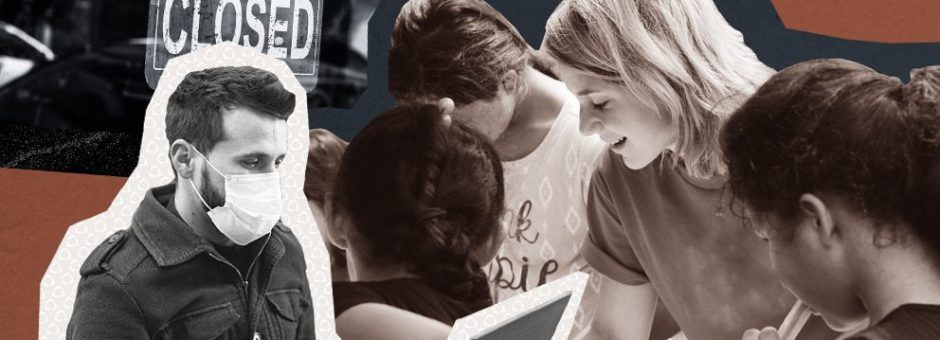“Goldbeck Recruiting recognizes the incredible contributions of non-profit organizations, which is why we are pleased to offer discounted rates for executive recruitment.”-Henry Goldbeck
Non-profits are pillars of our communities and the services they offer are integral to society. Unfortunately they often maintain a tenuous existence, fraught with constant fiscal pressure. Such is currently the case, as COVID-19 adds to the challenges faced by these organizations. Social distancing measures affect not only day to day operations, but fundraising efforts as well. For the non-profit organizations that provide us with such invaluable benefits, meeting these challenges will require resiliency, creativity and sheer will power.
Challenges in Fundraising and Philanthropy
Unlike their sales-based for-profit counterparts, non-profit organizations rely heavily on philanthropy to finance their existence. A large portion of these efforts revolve around fundraising events like galas and auctions. With physical distancing measures currently in place, these events have had to be cancelled or, at the very least, drastically altered.
“Fundraising is a very personal endeavour, and there’s actually very little of it that doesn’t, in some way, at some stage of the process, track back to face-to-face contact,” says David Lasby, Director of Research for the research and advocacy group, Imagine Canada. “Physical distancing affects much more than you might think. If you think this is just about the cancellation of event-based fundraising, actually, it’s more than that.”1
Compounding the problem is the increased competition for charity dollars posed by the arrival of this new crisis.
“I’m very concerned that the philanthropic community is pivoting towards ONLY funding COVID-19 related organizations,” wrote a respondent to a recent survey of US non-profit organizations, “and I am concerned about social service groups that aren’t directly working on this and therefore not eligible for the grants and resources.”2
Layoff in Non-Profits and Decentralization of Offices
The services offered by non-profits vary in nature, but many initiatives that centre around physical gatherings have had to be cancelled, postponed or reimagined. Some programs, such as assisted living care-based initiatives, cannot simply be put on hold and therefore must continue to operate under difficult circumstances.
Faced with tight budgets, many non-profits have had to make the difficult decision to lay off staff. The existence of COVID-19 does not eliminate the need for efforts focussing in other areas. In some cases it increases the public’s reliance on services provided by non-profits, meaning that fewer staff are tackling larger workloads. In addition, they’re facing the same challenges that the rest of society are facing: social distancing measures, decentralized offices and steep learning curves for new procedures and technology.
Mobilizing and Modernizing via Online Conferences
Non-profits are nothing if not resilient and their response to their current challenges has been a combination of hard work and innovation.
“(The pandemic) has created an opportunity for our entire network to mobilize around a single external threat,” wrote a respondent to the aforementioned survey.2
One of the legacies of the COVID-19 crisis may well be the modernization of processes, something that is being seen in the non-profit sector, just as it is in the corporate world. Not only are organizations instituting new processes and technologies to assist with daily workflows, they are also having to get creative with regards to event planning.
Groups are holding virtual conferences with speakers giving addresses remotely. Even prior to the COVID-19 pandemic, geography and time restraints prevent some interested parties from attending in-person events. Although many of these events had already implemented online components, the current situation will only increase the trend, increasing accessibility long-term.
The same can be said about fundraising efforts. While donors and fundraisers will no doubt look forward to the eventual return of in-person charity events, current online fundraising efforts will extend past current physical distancing measures.
Public Response to Non-Profits
“People often make assumptions that youth are not interested in anyone but themselves, and that’s definitely not the case,” says Paula Speevak, president and CEO of Volunteer Canada. “I think we underestimate the skill, the compassion, even the brilliance.”3
Non-profits are increasingly reliant upon young volunteers and teens are answering the call. In addition to high levels of enthusiasm young people bring with them natural technical expertise, particularly valuable during this time of transition.
The Survival of Non-Profits and How the Public Can Help
Non-profits are not prone to shrinking from a challenge. In many cases, seemingly insurmountable challenges are the very reason for an organization’s existence. The generosity of the public will extend through this crisis, and they will continue to give of their time and money. In the meantime, the survival of the organizations that provide such value to society must remain a priority for individuals, businesses and governments.

